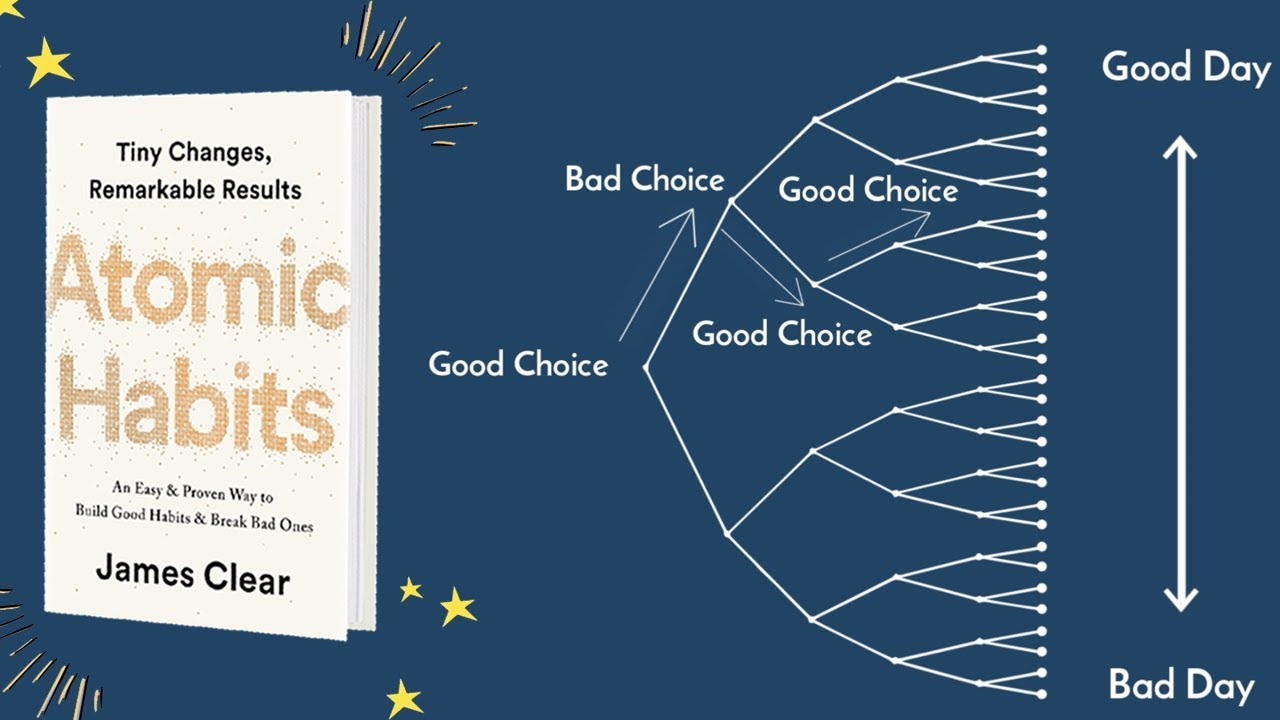I’m not a big reader but this book has influenced my reading habits. I highly recommend it for anyone trying to form a good habit or, better yet, kick a bad one.
To be upfront, here is the gist of the book.
All habits are based on a four-step pattern, which consists of cue, craving, response, and reward.
To form habits, you must make them obvious, attractive, easy, and satisfying.
That’s it. Life really is that simple. Though, we as humans are, in fact, only human. And we fuck a good thing up at just about every turn.
cue:
This little bastard lies in wait. Before you know it, all of a sudden, you have a notion to crave something to take the edge off. It could be a smell, sound, interaction, thought, etc. Pinpointing this factor is instrumental to conquering a habit. Whether it’s to implement a desired one or kill off a destructive one.
Craving:
This is the middle-man. This is the actual thought, conscious or not, to act on the cue. Sometimes we don’t even realize we are not in control of this one. I liken this phase to our cravings for specific foods. Considering our microbiome consists of millions of organisms all vying for specific sustenance, we aren’t just up against our own self. It’s not just in our heads. Our bad habits, a lot of times, come from deep within and sometimes we are just a vehicle for what actually rules us.
Response:
Your next move is to act on the previous notions. You have to scratch that itch and fill that void.
Reward:
Your change in state. Before this you were frantic or just plain unsatisfied. Now, you’d likely have your cravings satiated. Whether, that left you feeling up or, considering you rewarded a bad habit, very down on yourself. You should really consider the relationship between response and reward and really insure your cues and cravings truly have your best interests in mind.
Obvious:
Make a desired habit obvious. Want to read more? Leave a book on your pillow. Want to eat healthier snacks? Leave fruits and vegetables in plain sight. Want to floss more? Leave it on the counter top, not tucked in a drawer.
Conversely, make a bad habit hidden. Want to drink beer or soda less? Place them in the back of the fridge or, better yet, leave it at the store. Want to stop spending so much money? Remove your credit cards from your wallet. Want to watch less TV? Move it to a room less used.
Attractive:
Start by reading literature about topics or in genres you know you like, eat fruits and vegetables that pleases your palate, and choose a flavored/refreshing floss product.
Freeze your credit accounts. Get rid of cable and satellite. If you’re going to indulge then give yourself some less than desirable options.
Easy:
Remove steps and layers to a desired habit. Start reading a couple pages at a time. Eat just one fruit and/or vegetable a day. Keep a travel-sized floss on your person.
Kicking a bad habit requires you to add friction to its completion. Leave the beer or soda at the store. Having a cold one now requires you to get your shoes on, grab your keys, and drive down to the store. Using your credit cards demands a phone call to reinstate them. Take the batteries out of the remote and store away the TV. Now, watching TV involves you having to find batteries and the remote then fetching the TV out of its hiding place.
Satisfying:
Reflect on the way these decisions make you feel. A good habit is typically very satisfying. If you read an entertaining book, eat your favorite fruit, or clean your teeth, you’ll often feel accomplished.
“Habits are the compound interest of self-improvement.”
Change comes slow. It’s all about making 1% improvements. That’s where our motivation can fade. We are creatures of immediate satisfaction. We like to take the easy route.
Less friction always wins.
Which is why removing steps from accomplishing a desired habit is so crucial. Though, we also need to keep in mind that what is easy for us now is not good for us later. But, what is hard for us now is immensely beneficial to us later.
The goal is just to cast more votes for the type of person you want to be. We will ultimately make a less than stellar choice, but jumping back on the right track and making more small decisions towards the best you is the end game.
To stay on track with the Law of “making it easy”, a quote that really caught me off guard and legitimately blew my mind was, “Civilizations evolved on the horizontal axis.” I never gave it thought why Euro-Asian civilizations were much more advanced than their American counterparts.
The Americas are oriented vertically. Which means that civilizations there would have much trouble with the changes in climate as they migrated. Whereas in the Eastern Hemisphere, whose whole of landmass stretches from East to West, the climate is moderately the same. So trade, farming, etc was relatively similar for vast stretches on land. Given those circumstances it is no surprise they would have a leg up on cultures elsewhere. The rest of the world’s more segregated populous left them in a more primitive state. There was more friction involved in those tribes migrating and mingling with neighboring peoples.
In the end, my main takeaway is to make it easy. You can start by just forming a routine. Just show up to the gym for five minutes. Read one page a day. Run a half mile. Write one sentence. Master the art of just showing up and eventually you will ease into the process. Powering through obstacles is easy when you’re motivated. Motivation is going to fade so, best to stack the deck in your favor. Track your journey and tweak accordingly.
Wishing you great prosperity.
Juan
